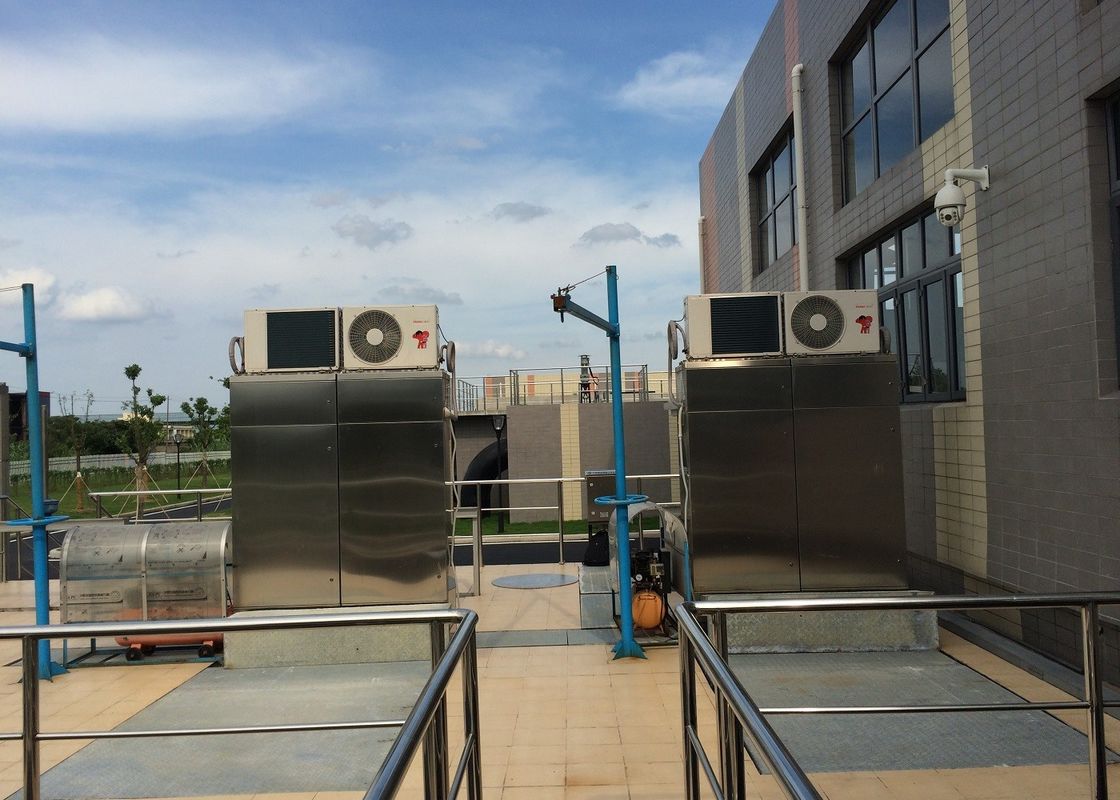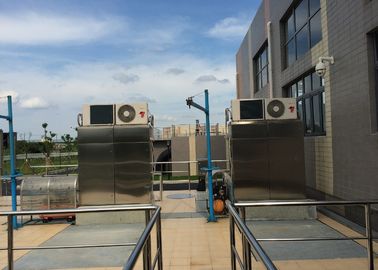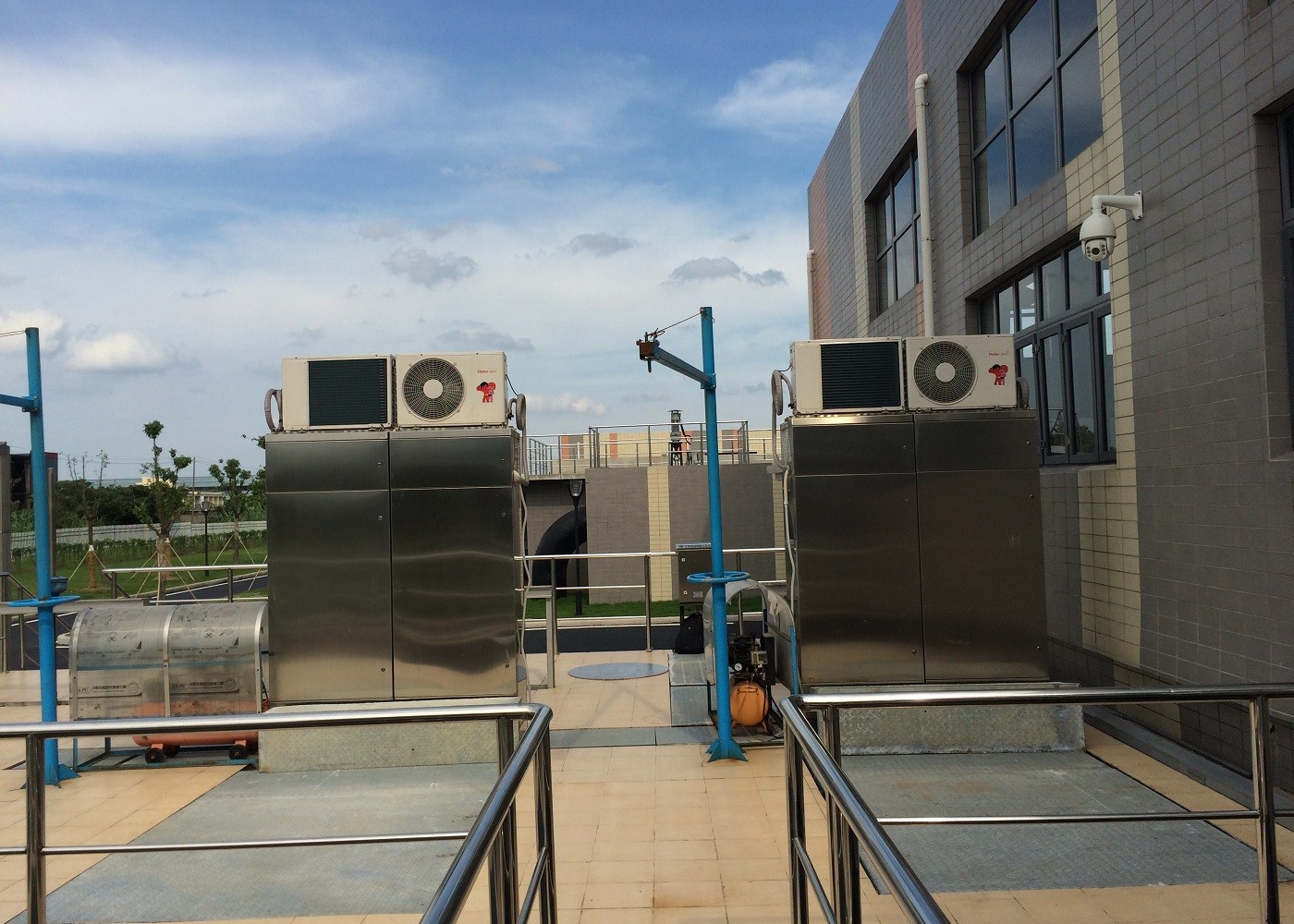Product Description
Open Channel Type UV Sterilization System for Industrial Sewage Water Treatment
What is Ultraviolet (UV) Light?
Ultraviolet (UV) light is a form of light that is invisible to the human eye. It occupies the portion of the electromagnetic spectrum between X-rays and visible light. The sun emits ultraviolet light; however, much of it is absorbed by the earth’s ozone layer.
A unique characteristic of UV light is that a specific range of its wavelengths, those between 200 and 300 nanometers (billionths of a meter), are categorized as germicidal – meaning they are capable of inactivating microorganisms, such as bacteria, viruses and protozoa. This capability has allowed widespread adoption of UV light as an environmentally friendly, chemical-free, and highly effective way to disinfect and safeguard water against harmful microorganisms.
The part of the sterilization system
UV lamp - Low pressure amalgam UV lamp. The lamp is the low pressure high intensity UV lamp. Preheating improves the lamp lifetime. 254nm wavelength, more than 12000 hours service life. The lamp is operated and controlled by the electronic ballast of variable power output. The UV output is adjustable between 50%~100%.
UV Quartz Sleeve - The quartz sleeve of a UV system is the long, cylinder-shaped tube. The tube is made of quartz glass and is there to protect the UV lamp which is powered by electricity from the flow of water. The UV lamp transmits light through the tube into the water. It is important to clean the sleeve (generally when the lamp is changed) as minerals and contaminants in the water can cloud the glass tube.
UV Sensor - Available option on most UV systems, the UV sensor monitors and indicates the intensity of the UV light. If the intensity becomes too low, even though the lamp is on, an alarm is triggered.
Solenoid Valve - Available option on most UV systems, the solenoid valve automatically shuts the water off if the system is not functioning properly, preventing the possibility of contaminated water flowing through the system that is not treated properly.
Flow Meter - Standard on some UV systems, the flow meter calculates the actual real-time UV dose delivered for a particular flow rate, ensuring water is treated properly.
Applications
1. Water reuse disinfection
2. Disinfection of secondary water supply
3. Municipal sewage disinfection
4. Aquaculture processing water disinfection
5. Shellfish purification disinfection
6. Aquarium water disinfection
7. Running water, purified water and mineral water disinfection
8. Food and beverage industry disinfection
9. Entertainment facility water disinfection
10. Family of small drinking water disinfection
11. Neighborhood, office, hotel drinking water disinfection
12. Pharmaceuticals and cosmetic industry sterile water disinfection
13. Landscape of municipal water disinfection
14. Pharmaceuticals water disinfection
Comparison between Sodium Hypochlorite and UV:
| Parameters |
Sodium Hypochlorite (NaClO) |
UV |
| Residual toxicity |
Toxic to aquatic life. |
Non-toxic – UV disinfection dose not add anything to the water, other than light. As a result, the surrounding environment is not harmed in any way. |
| Disinfection By-products (DBPs) |
Yes - Same carcinogenic DBPs as chlorine gas. DBPs are not removed or reduced with dechlorination. |
None |
| Corrosive |
Yes – extremely corrosive |
None |
| Community Safety Risks |
Low – Due to a limited shelf life, NaClO requires frequent transportation and delivery. |
None – Poses no safety threat to the surrounding community. |
| Operator Safety Risks |
Moderate – Due to corrosive properties, must be handled and stored with caution. |
Low – UV module must be turned off if worker lifts module out of the channel to prevent exposure to UV light. |
| Treatment Performance |
Cryptosporidium and Giardia are virtually unaffected. In the past decade, these pathogens have caused disease outbreaks affecting hundreds of thousands of people. |
UV disinfection is highly effective against a wide variety of pathogens, including chlorine-resistant organisms such as Cryptosporidium and Giardia. |
| Changing Regulations |
Regulations are becoming increasingly stringent in order to limit the amount of chemicals and disinfection by-products in the water. As a result, the operation of chemical-based treatment systems will continue to become more costly and complex. |
UV is well suited to meet current and future regulations. The process is safe, simple and does not add chemicals to the water. |
| Residual Removal Required |
Yes – Depending on regional regulations. Long-term effects of discharging dechlorinated compounds into the environment are unknown. |
No |
| Summary |
Hypochlorite has some significant environmental concerns associated with DBPs and residual toxicity. Hypochlorite is not safeguarded against a future tightening of regulations |
UV does not add anything to the water, other than light. UV does not create DBPs and is also safe and easy for Operators to maintain. |


 Your message must be between 20-3,000 characters!
Your message must be between 20-3,000 characters! Please check your E-mail!
Please check your E-mail!  Your message must be between 20-3,000 characters!
Your message must be between 20-3,000 characters! Please check your E-mail!
Please check your E-mail! 


